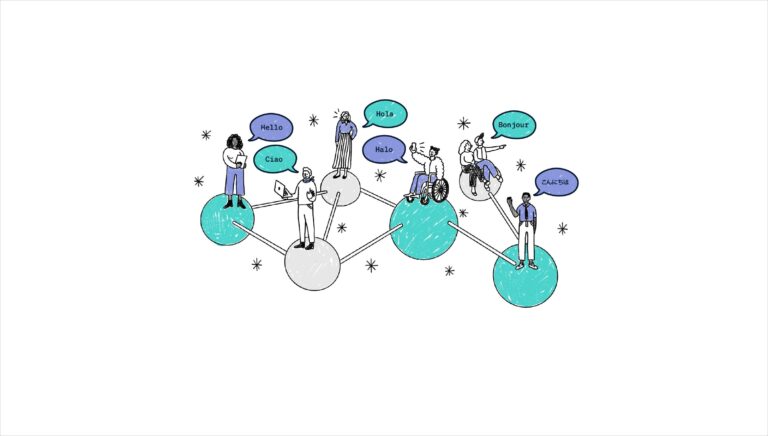According to recent reports, streaming viewership surpassed cable television for the first time this year. As marketers continue to shift their ad dollars to connected TV (CTV), it’s our responsibility as a digital advertising industry to create the best viewing experience for consumers.
Programmatic can deliver on the obligation. It’s up to media owners, buyers, and the ad tech community to innovate together to help television realise the true value of automation.

Programmatic CTV enables a more relevant viewer experience
When consumers sit down to tune in to their favourite show, they’re not thinking about whether they’re streaming or watching linear. They’re simply watching TV, and they expect the same quality viewing experience regardless of how they’re accessing content.
As ad-based video-on-demand (AVOD) viewership has grown and technology has improved, we’ve seen how CTV can not only deliver the same lean-back viewing experience as linear, but also surpass it with a more relevant and enjoyable one.
Joining me on a panel at Advertising Week, Katie Barrett, head of programmatic at LG Ads, said, “The consumer experience is one of the things that is so enticing about streaming, especially AVOD streaming.” LG Ads’ free ad-supported streaming TV (FAST) channels, which are linear-like stations available on its TVs, carry a much lighter ad load than traditional linear TV—two minutes of ads for every 30 minutes of programming, compared to about eight minutes in linear.
Consumers are drawn to the FAST channels because “it’s very light and non-intrusive, while you’re getting quality content into your house for free,” said Barrett.
That’s thanks to programmatic technology, which affords marketers the ability to activate data-driven campaigns and reach their audience with a relevant message. Relevancy leads to better performance and better outcomes, which means media owners can meet their monetisation goals while delivering a lighter ad load and better experience to viewers.
“We really lean into programmatic,” said Huda Kazi, VP of ad technology and operations at Warner Bros. Discovery. “We want ads that are relevant for our customers because no one really complains about advertising that matters to them.”
The goal is to help marketers match with the right consumer within the right context, and the best way to do that is by passing content signals and audience data to buyers through programmatic channels. Marketers benefit from higher efficiency and ROI, and Warner Bros. Discovery is able to deliver an engaging, enriching experience to its viewers.
It creates a flywheel effect: viewers are more likely to continue to engage with CTV content and platforms because of the experience, which then drives advertising budgets, which ultimately allows media owners to license new content and create new programming that keeps viewers coming back.
True automation requires consistent standards and signaling
We’ve seen organic growth and scale in programmatic CTV due to how quickly audiences shifted to streaming. Now it’s a matter of driving more effective yield and efficiency for both media owners and buyers.
The next step to boosting efficiency and realising the full value of programmatic CTV is standardising how media owners and ad platforms represent content and inventory information in bid requests and reporting. Marketers need to understand what they’re buying through programmatic channels to ensure they’re efficiently reaching the right audiences.
OpenRTB 2.6, a set of standards developed by the IAB to address the unique nuances of CTV, is a huge step forward for the industry. It provides the entire ecosystem with a consistent way to signal content information, genre taxonomies, and other metadata, and will pave the path for the CTV ads of the future.
“It doesn’t matter if I throw the signal if no one’s there to catch it,” said Kazi.
“Having a new set of standards that will enable everyone to catch it in the same way, because we can’t throw it differently to different buyers, is going to be a huge step forward in enabling us to surface more supply in a way that is meaningful to buyers.”
Huda Kazi, VP of ad technology and operations
Warner Bros. Discovery
Georgina Thomson, head of programmatic at OMD, also stressed how important consistent standards are to helping marketers make better decisions in their buys. “We’ve been asking for it for years at OMD. We want this standardisation because it not only helps us understand all the different data sets and what we’re buying, but those uniform data points inform our measurement, our planning, and the whole entire cycle.”
With the standards defined, it’s now a matter of adoption. Once we approach critical mass, OpenRTB 2.6 will be instrumental in maximising the efficiency and effectiveness that programmatic CTV affords while continuing to improve upon the viewer experience.
Watch the full Advertising Week panel:
Back to blog



